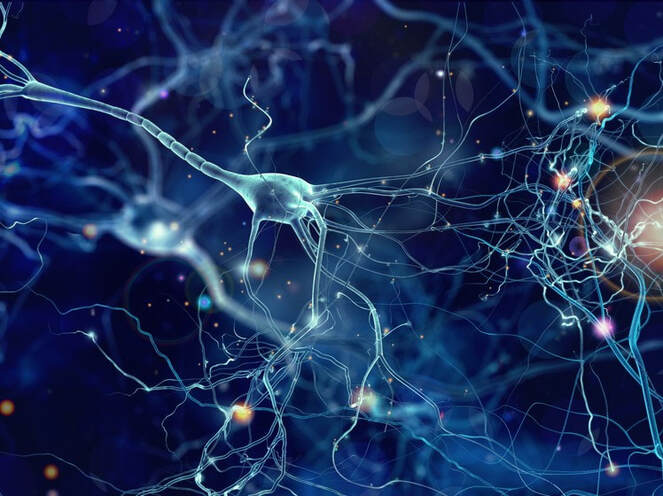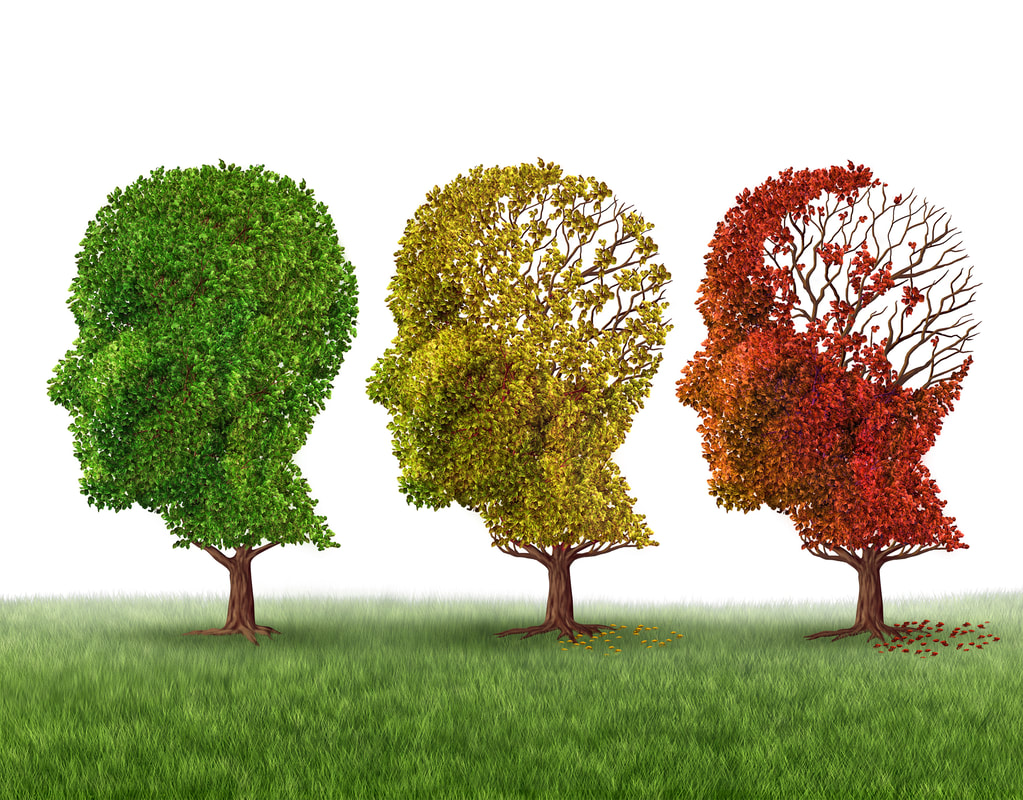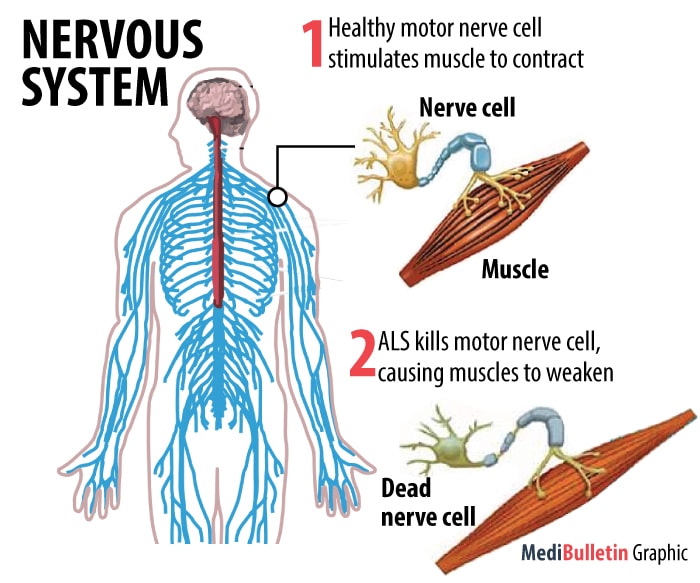 What is MND? Motor Neurone Disease or commonly known as MND is a neurological condition that affects a neurons ability to function properly. Neurons control the muscles that allow us to speak, breathe, swallow and move and when affected by MND these muscles progressively weaken and waste away, as neurons begin to die. Those affected often losing function of their limbs and independence, although their mind and senses generally remain intact, often causing frustration and anger. What is a Motor Neuron? Neurons come in many sizes and types, but a motor neuron controls our muscle contractions. They are able to do this by receiving messages from the spinal cord and sending them through to the muscles, skin or glands that are required to complete the desired action. MND (known as ALS in the US) causes a neuron to gradually deteriorate and eventually die, affecting its ability to transfer messages from the spinal cord to the muscles. As a result, this decreases the body’s ability to control a muscle or contract it, which results in a loss of strength and gradual wasting away. What are the symptoms of MND?
The severity and types of symptoms vary from person to person and also depend on how far progressed the disease is. Some early symptoms can include;
As the disease progresses, symptoms will become more prevalent, these may include;
Who does it affect? MND can develop in any individual and there is no known cure or treatment for this disease. In Australia there are two people diagnosed with MND and two who die from MND, everyday. Once diagnosed with MND the average life expectancy is 2.5 years. Of those diagnosed with MND in Australia, 60% are male and 40% are female and roughly 58% of people diagnosed are under the age of 65. So how can exercise help? As MND progresses the patient’s ability to walk and mobilise decreases, due to significant decreases in muscle strength, joint stiffness and an increase in fatigue. Engaging in regular and structured physical activity enables individuals to continue mobilising and maintain their independence for as long as possible. Focusing on increasing joint range of motion and mobility, increasing muscular strength, specifically in the legs and arms and maintaining both static and dynamic balance to prevent falls from occurring, are all crucial elements in prolonging function in those with MND. A recent study reported that upper leg strength decreases by 35% one year after MND diagnosis, although when specific lower limb strength training was regularly completed, their full strength was maintained for up to 10 months longer after their diagnosis. As a result, this maintained their function for an extended period and provided an improved state of mental health and quality of life. By Aleisha Michael Accredited Exercise Physiologist
1 Comment
 What is Dementia? Dementia is not one specific disease but rather the term used to describe a collection of symptoms that are the result of disorders affecting the brain. It impacts thinking, behaviour and the ability to complete daily tasks. It generally affects older populations and is most common in those over the age of 65, but people in their 40’s and 50’s can also develop dementia symptoms. Some of the early signs of Dementia can initially be very slight and not easily recognisable. Some common symptoms can include;
Types of Dementia There are many forms of Dementia and they each present differently and have their own respective causes, below are some of the more common types;
How can exercise help prevent Dementia? Several studies have researched the effect of aerobic exercise that increases heart rate, on improving thinking, memory and decreasing the rate of dementia in later-life. They found that engaging in regular physical activity decreases the risk of developing Dementia by 30% and for Alzheimer’s disease specifically it reduces it by 45%! One study in particular that tracked over 2,000 males for 35 years, focused on five key behaviours (regular exercise, not smoking, moderate alcohol intake, healthy body weight and healthy diet) and their effect on reducing the risk of dementia. Of these behaviours, exercise was found to have the greatest effect in decreasing Dementia risk, but participants who followed 4 or 5 of the above behaviours had a 60% decreased risk of Dementia. Exercise is beneficial in preventing or slowing the rate of decline in those with Dementia. Physical activity promotes good blood flow, particularly to the brain which then encourages new brain cell growth and survival. It also stimulates nerve cell growth and decreases cardiovascular risk factors along with reducing co-morbidity development such as Type 2 Diabetes, Obesity and high blood pressure which are all risk factors of Dementia. What type of exercise is best? So, what type of exercise should we be doing to prevent Dementia symptoms? There are three types of exercise that we should be focusing on;
Exercise benefits for people with Dementia It is encouraged for exercise to be continued for as long as is safe and feasible for those living with Dementia. There are a number of benefits for those engaging in regular physical activity, including;
If you would like to learn more about Dementia or the benefits associated with exercise, head to the Dementia Australia Website at www.dementia.org.au By Aleisha Michael Accredited Exercise Physiologist |
AuthorSLisa Parkinson Archives
July 2024
Categories
All
|


 RSS Feed
RSS Feed